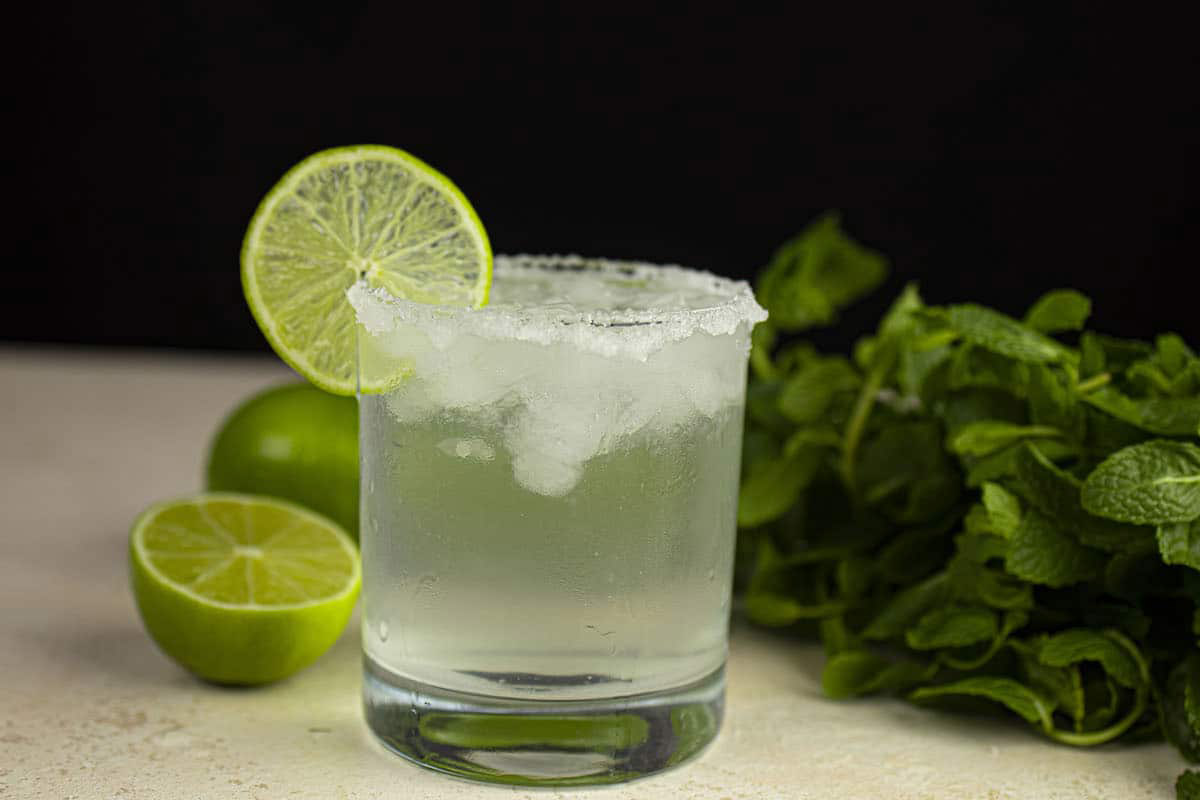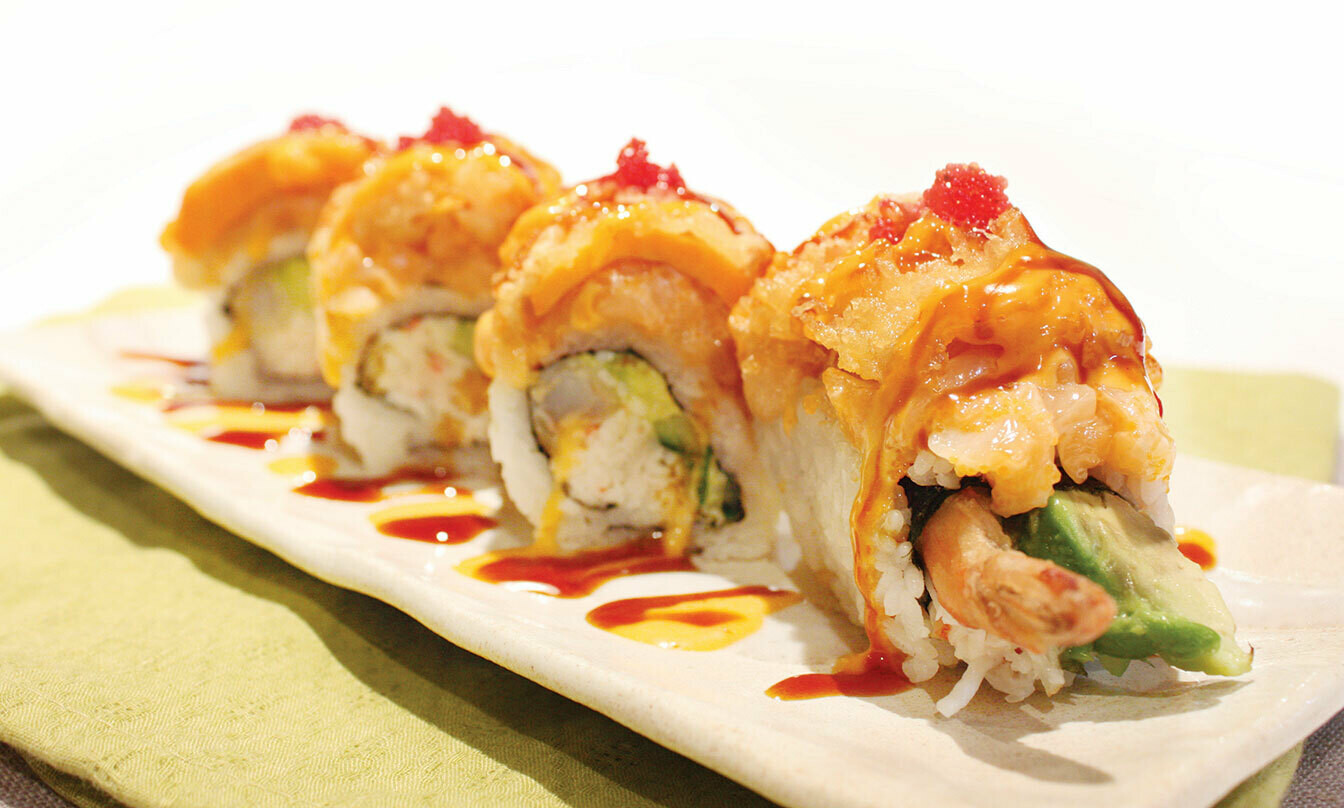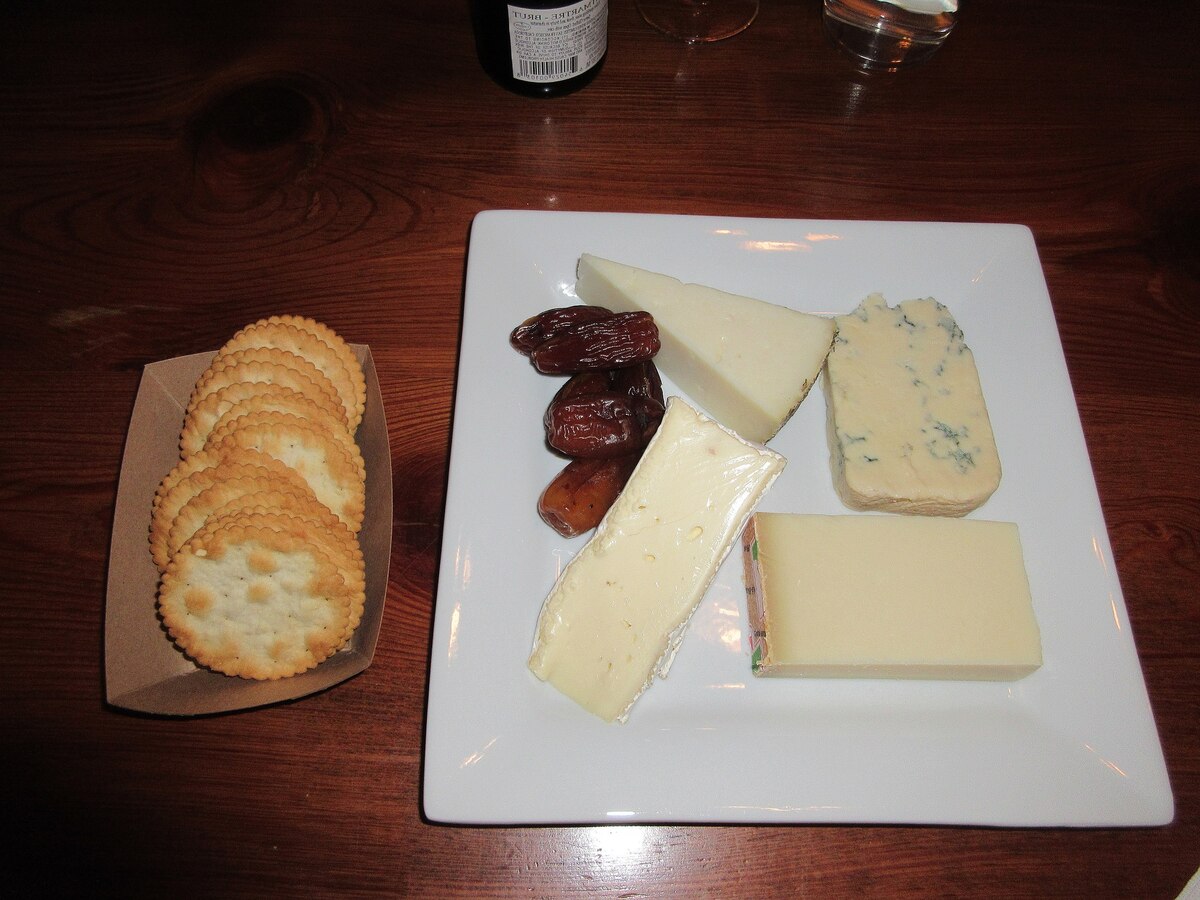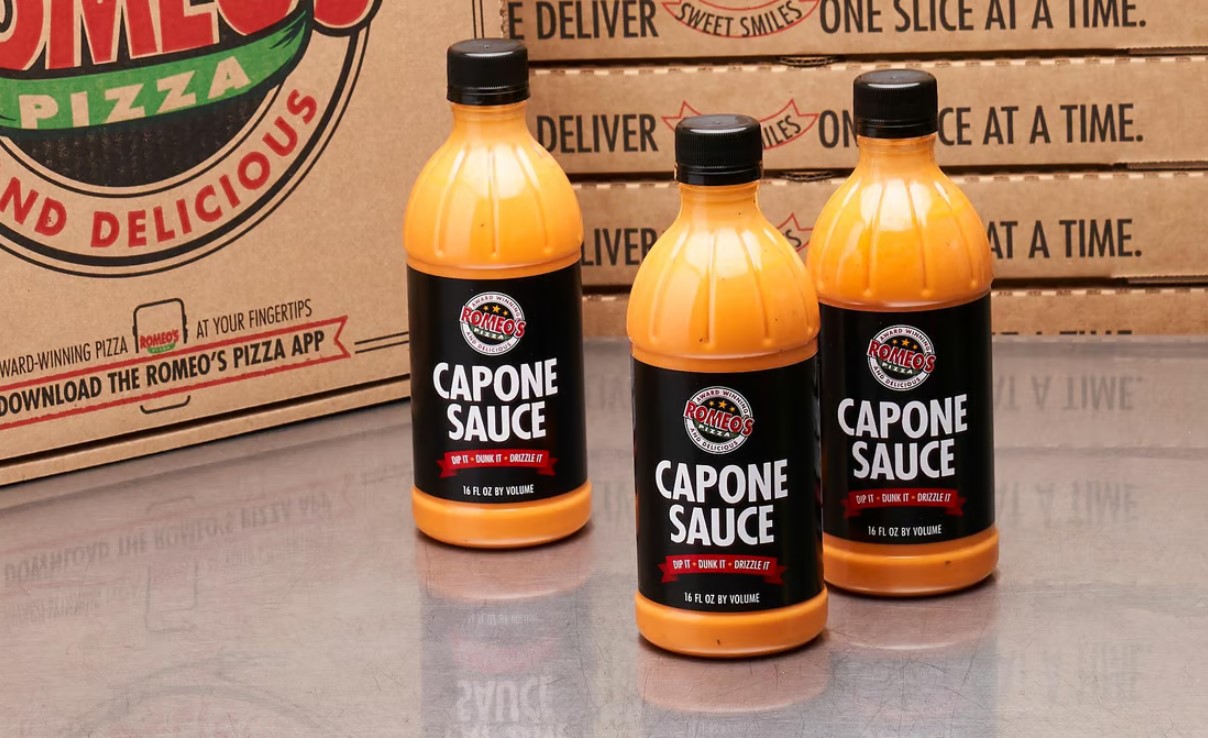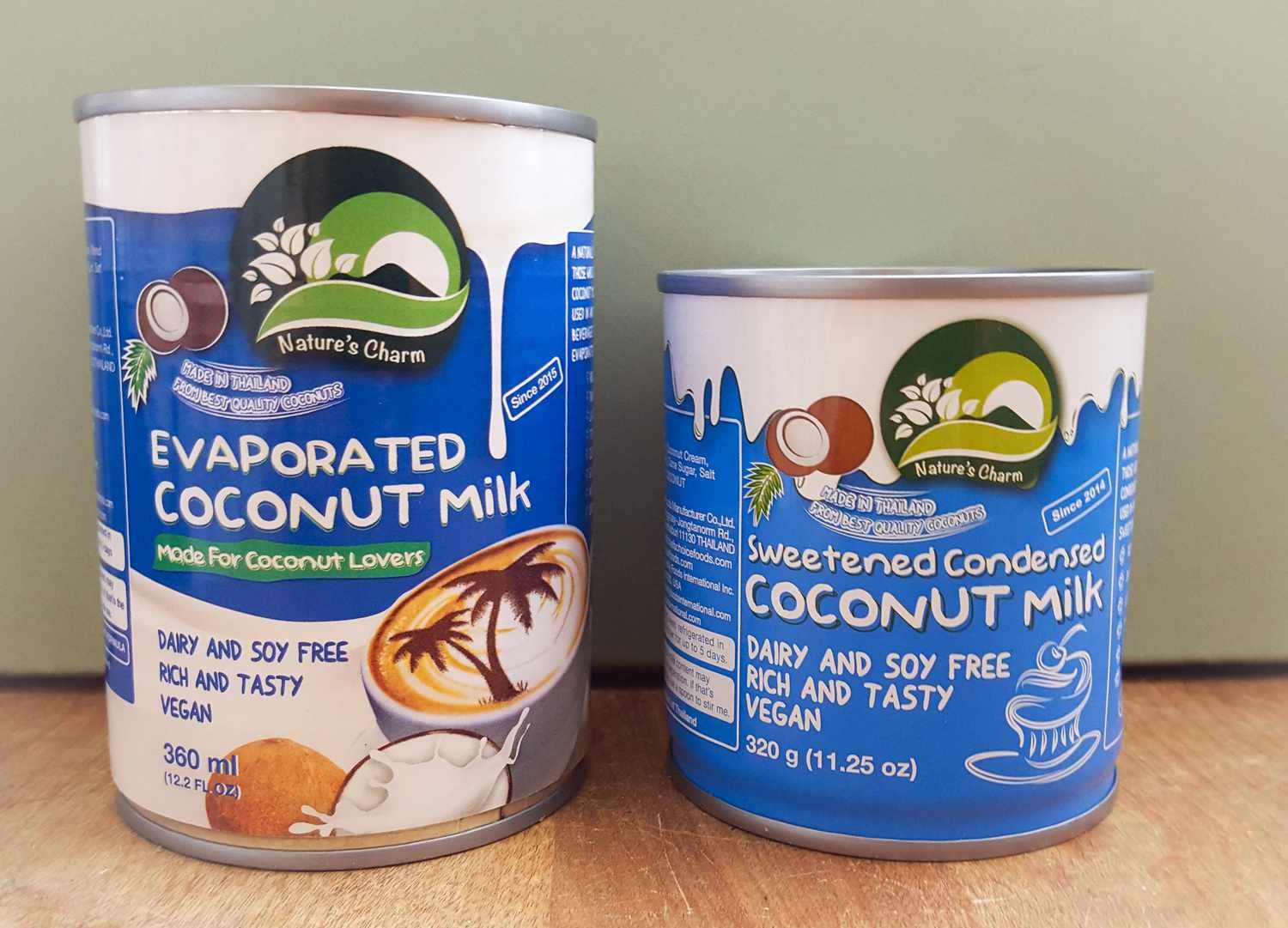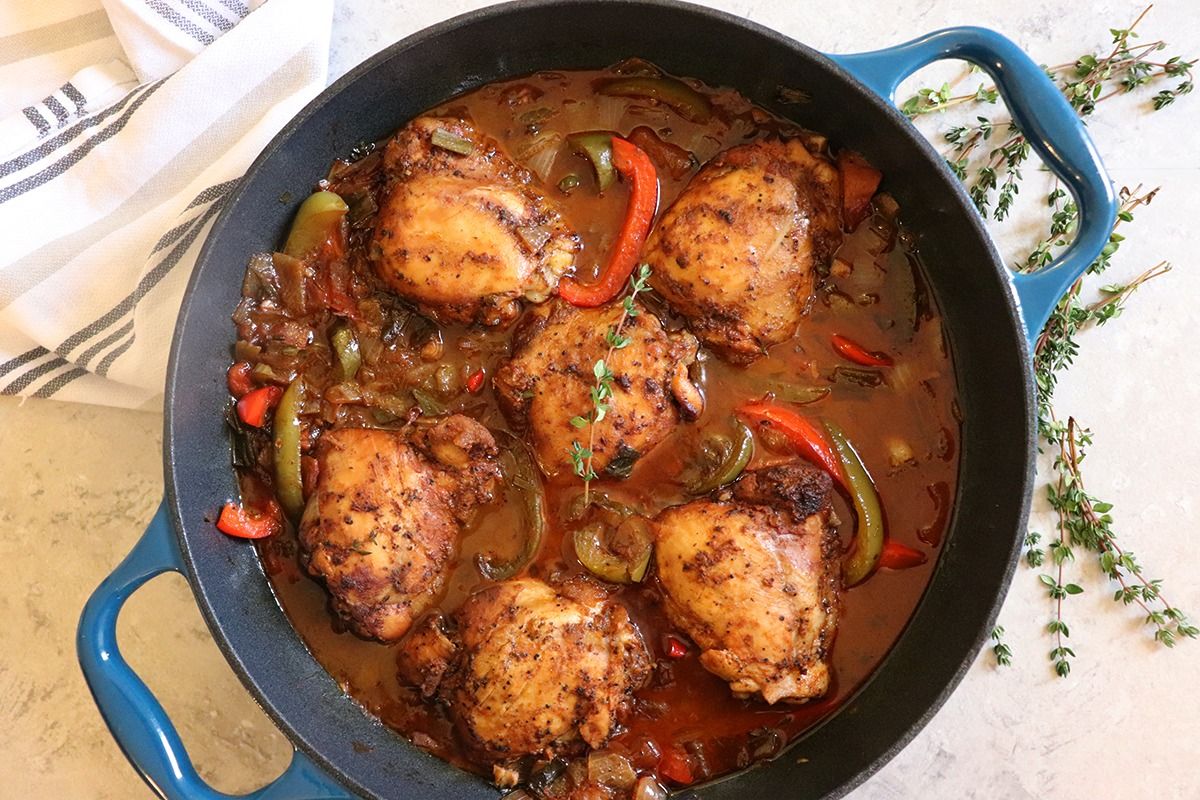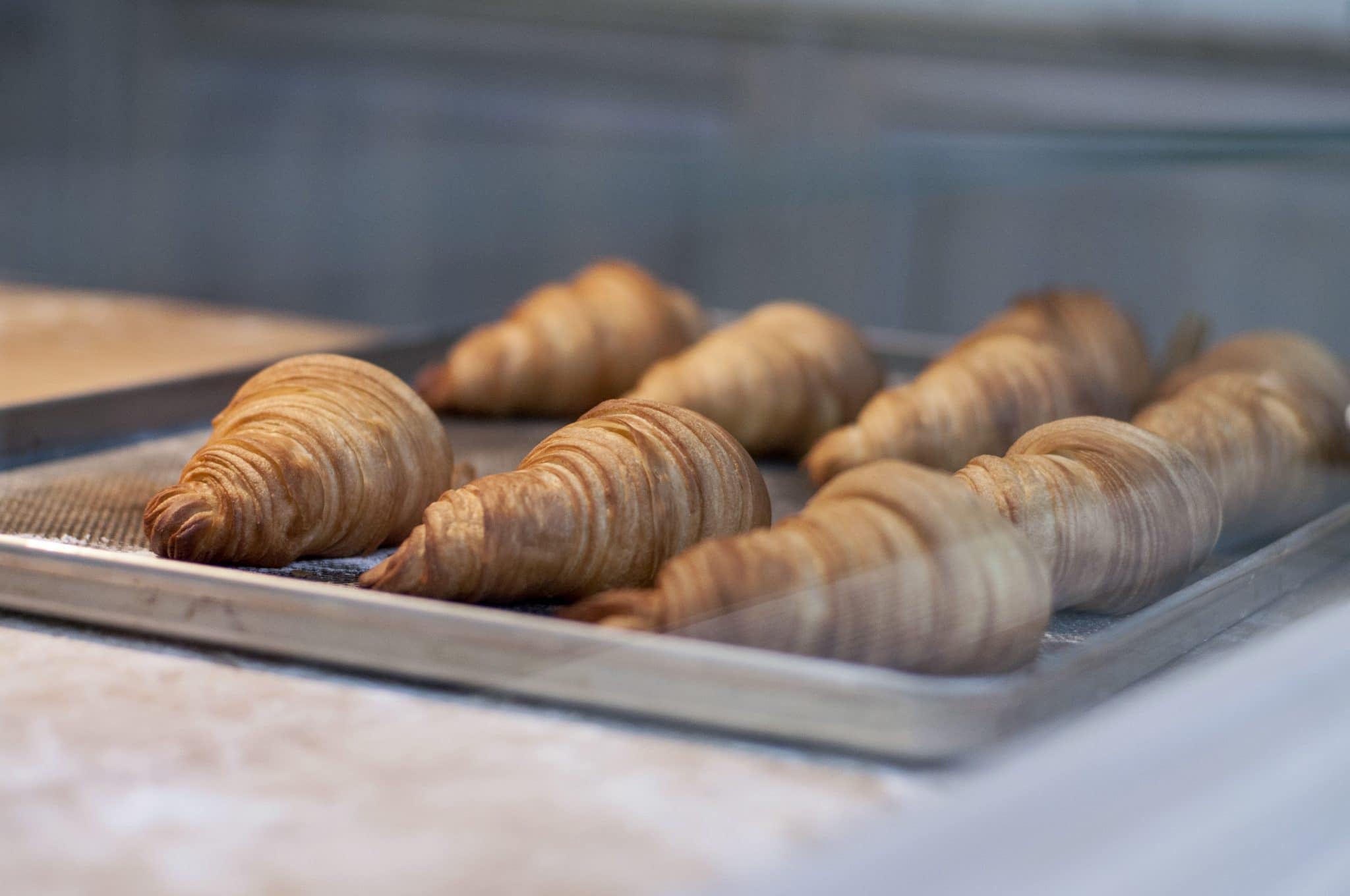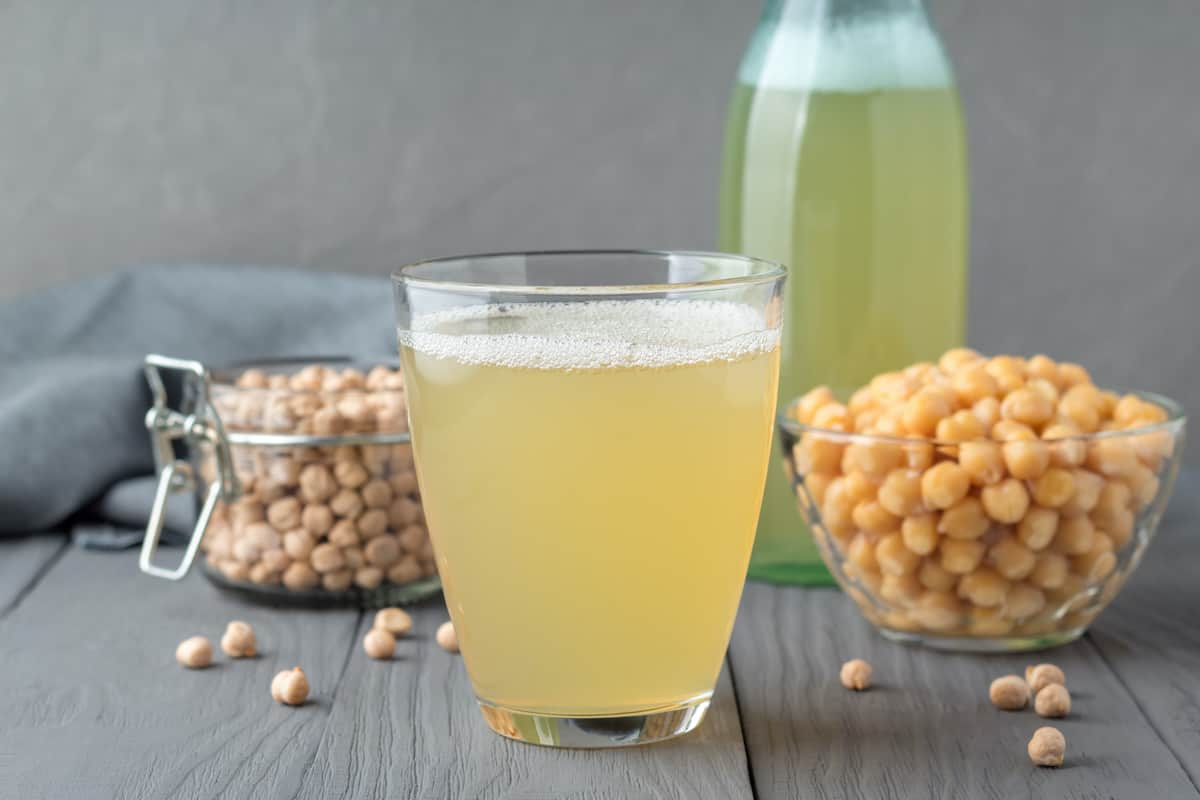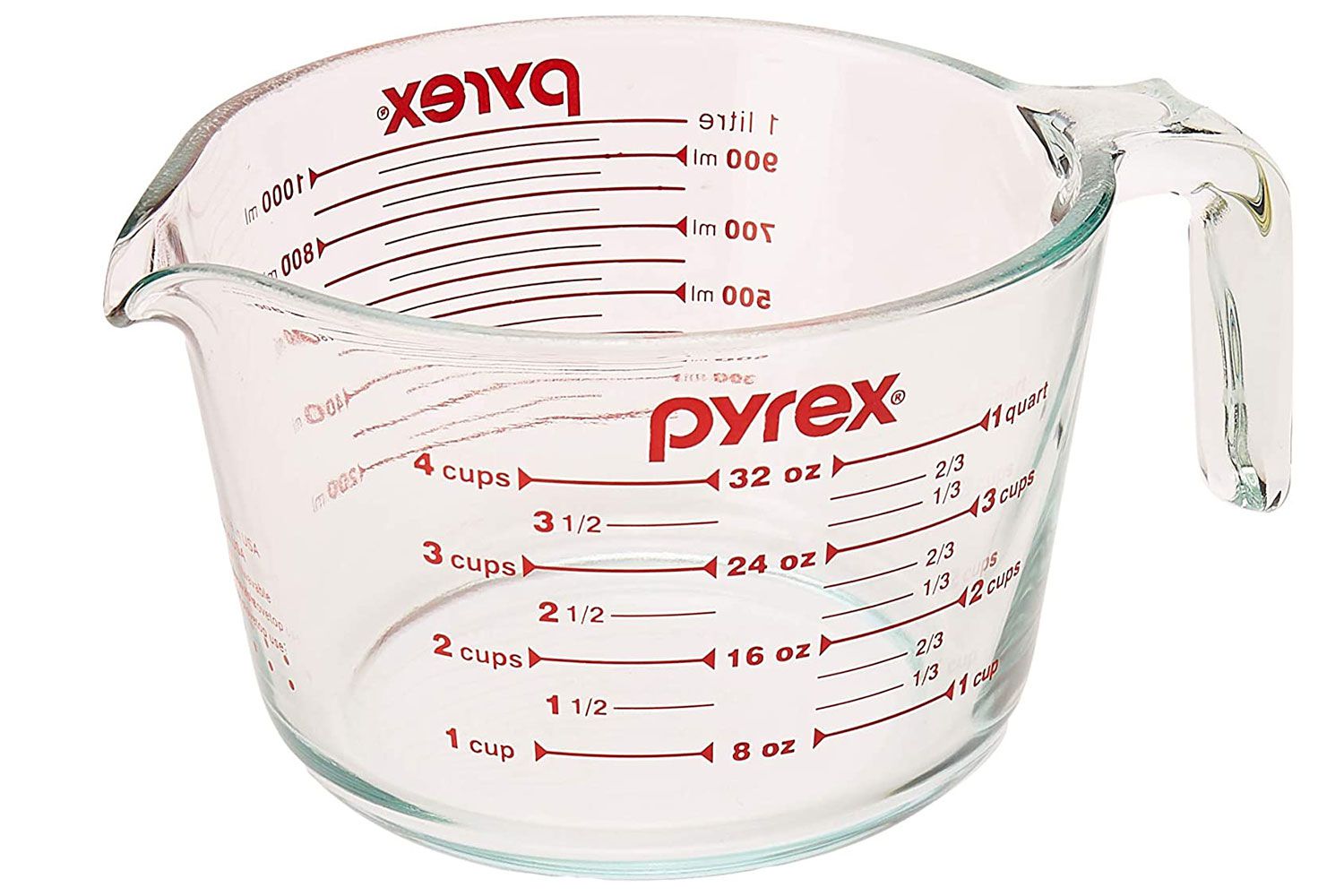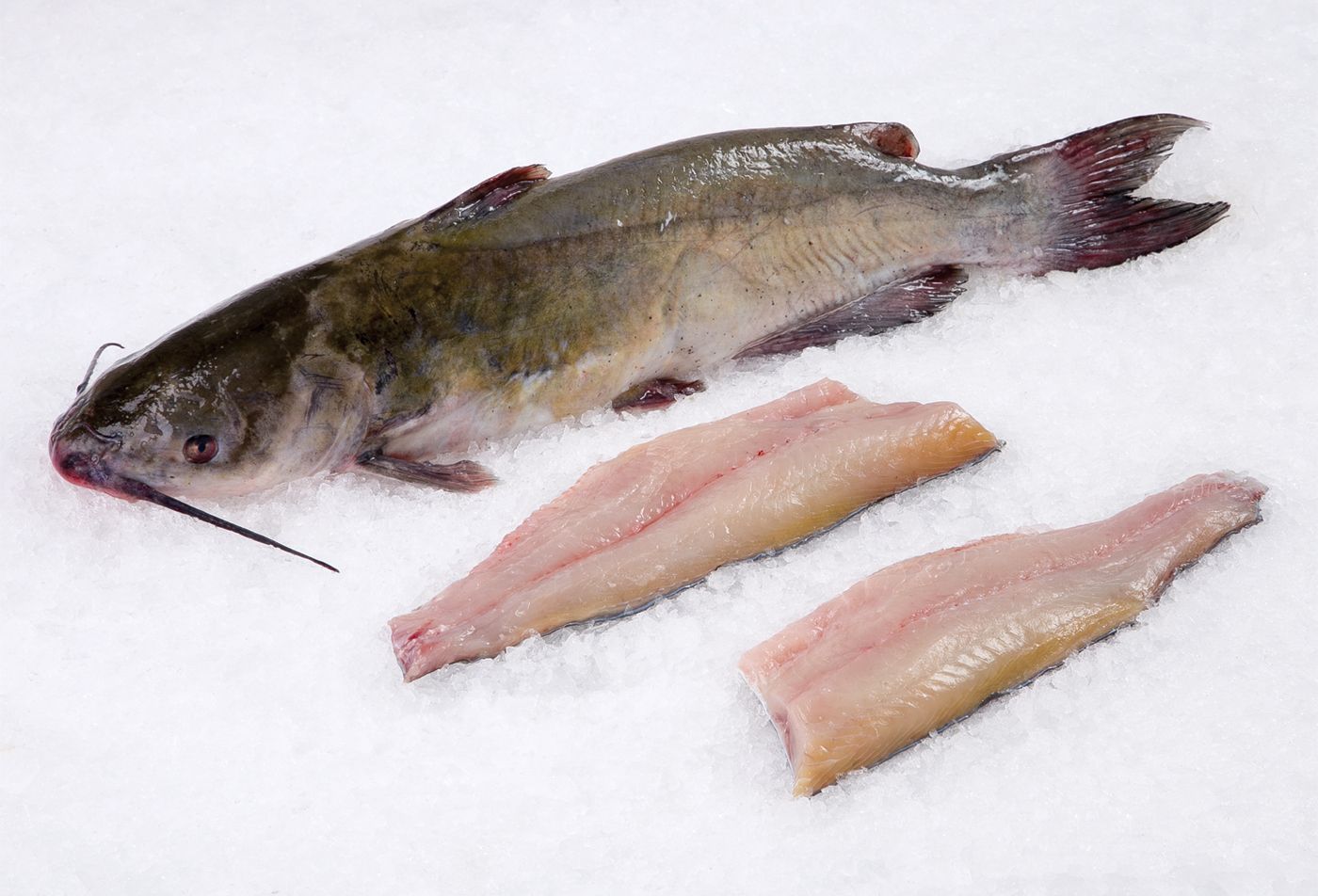Understanding the Corncob: A Closer Look at This Unique Vegetable
When we think of corn, we often picture the yellow kernels that we enjoy on the cob or in various dishes. But have you ever stopped to wonder about the corncob itself? What exactly is it, and how does it contribute to the corn plant?
Let’s take a closer look at the corncob and explore its unique characteristics and uses.
What Is a Corncob?
The corncob is the central core of the corn ear, also known as the maize ear. It is the part of the corn plant that remains after the kernels have been removed. The corncob is cylindrical in shape and is typically covered in husks, which protect the kernels as they develop.
Characteristics of the Corncob
Here are some key characteristics of the corncob:
- Shape: The corncob is cylindrical and can vary in size depending on the variety of corn.
- Texture: The surface of the corncob is often rough and may be covered in dried husks.
- Color: Corncobs can range in color from pale yellow to dark brown, depending on the maturity of the corn.
Uses of the Corncob
While the primary focus of corn is often on the kernels, the corncob also has several important uses:
- Animal Feed: Corncobs are often used as a component of animal feed due to their nutritional content.
- Smoking and Grilling: In some cultures, corncobs are used as a natural and sustainable option for smoking and grilling food.
- Industrial Uses: The fibrous nature of corncobs makes them useful in various industrial applications, such as in the production of ethanol and as a source of biofuel.
Environmental Impact
The corncob also plays a role in the environmental impact of corn production. While the kernels are the primary focus for human consumption and industrial use, the corncob and other parts of the corn plant can be repurposed for various environmentally friendly applications, reducing waste and promoting sustainability.
Conclusion
While the corncob may not always be in the spotlight, it is a crucial part of the corn plant with diverse uses and environmental implications. By understanding the significance of the corncob, we can gain a deeper appreciation for the versatility and sustainability of this unique vegetable.
Next time you enjoy a delicious ear of corn, take a moment to consider the corncob and the role it plays in the world of agriculture and beyond.
Was this page helpful?
Read Next: What Is Cartouche In Cooking
